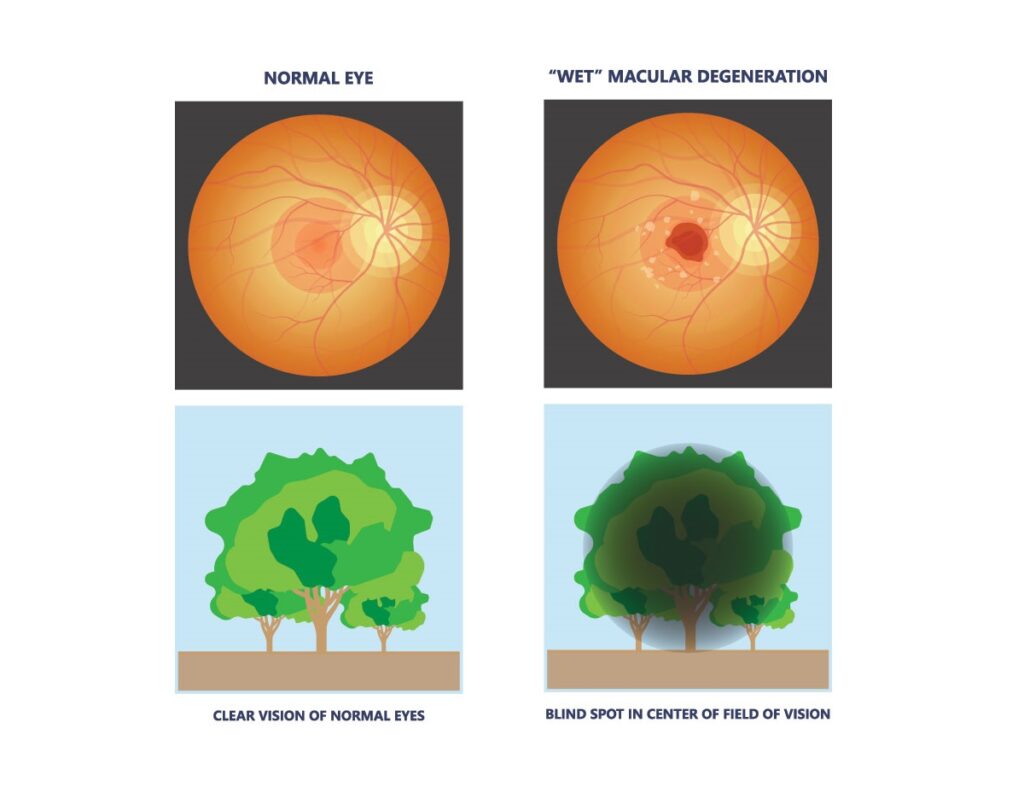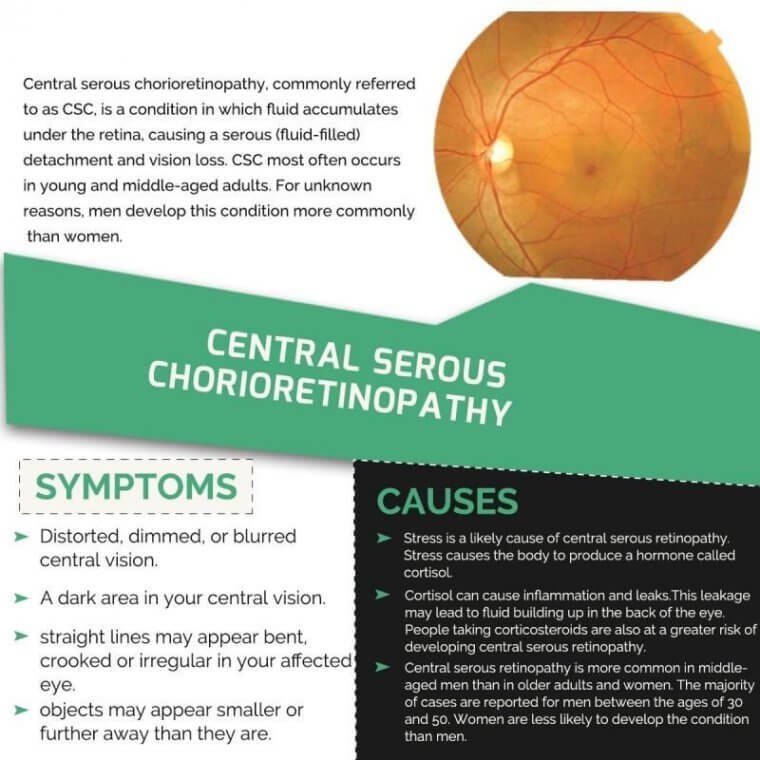
EYE TREATMENTS
Retina and Vitreous Diseases
Vitreoretinal disorders are the leading cause of blindness throughout human life cycle. These are
common features of several systemic diseases such as diabetes, hypertension and sickle cell anemia,
contributing to ischemic condition to the eyes. In cases such as diabetic and hypertensive retinopathies which are commonly seen, the new vessels formed on the retinal surface, vicious cycle of recurrent vitreous hemorrhaging can occur and sometimes tractional retinal detachment over the area of new vessels formation.
Vitreous is a clear jelly-like substance which makes up the largest volume of the eye, supporting the
delicate inner structures of the eyes. Retina is the innermost light-sensitive layer where the fovea, the
center of the macula falls as a site of detailed fine central vision or 20/20 vision.
As the light passes through vitreous body and falls on retina, impulses are sent to the brain where they
are interpreted as the images we see. Thus, anomalous adhesions between posterior vitreous and
retinal surface are the cause of numerous vitreoretinal complications.
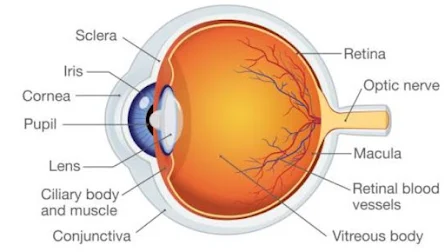
As eyes age, the vitreous gel can begin to shrink and lose liquid consistency no longer filling the space of
the eye. Hence, the retina can be detached from its normal position by vitreous contraction. It
complicates further when the retina breaks and vitreous hemorrhaging from retinal tear.
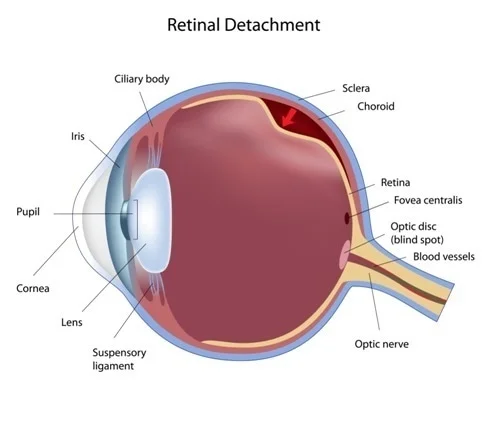
Symptoms
1
Blurred vision
2
Flashes of light
3
Dark shadow or grey curtain
4
Sudden increase in eye floaters
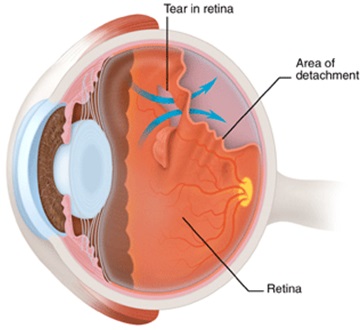

Macular degenerations are one of the common cause of patients being reported to the Registry of the
Blind. Visible damages in the retina can be seen ophthalmoscopically such as age-related macular
degeneration (AMD), central serous choroidopathy (CSC), cystoid macular edema (CME), toxic
maculopathies, hereditary macular dystrophies, etc.
